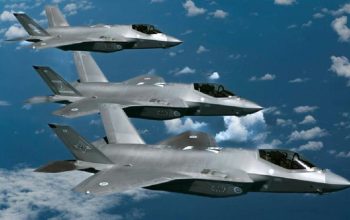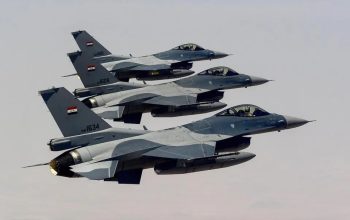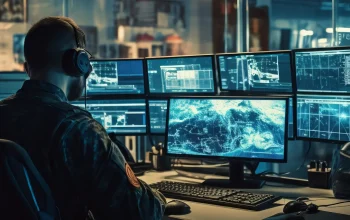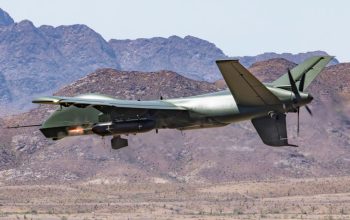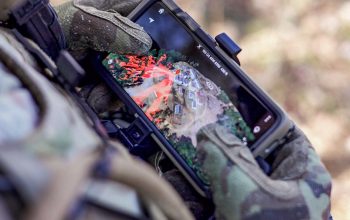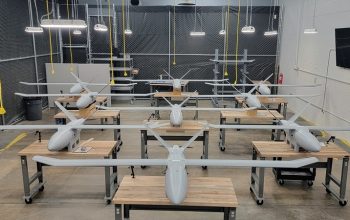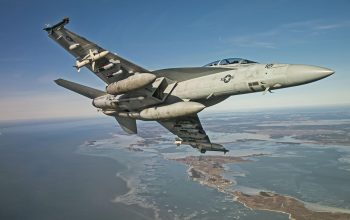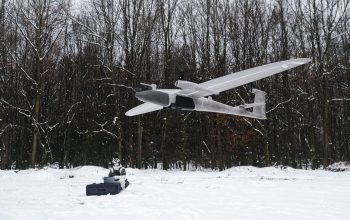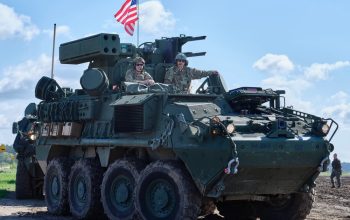The Indian Army has signed an approximately $20 million contract for undisclosed quantities of a high-altitude variant of ideaForge’s SWITCH UAV which will be delivered over a period of 1 year. The contract marks a strategic shift in the Indian defence procurement process as the Indian Army goes on an aggressive modernization drive. ideaForge has been awarded this contract after it emerged as the only vendor that qualified the operational requirements in an evaluation done in real-world conditions, for a fast-track procurement. It has also cemented ideaForge’s position as India’s largest manufacturer of drones for defence, homeland security and industrial applications.
SWITCH Unmanned Aerial Vehicle (UAV) is an indigenous system built to cater for the most demanding surveillance operations of the Indian Forces. It is man-portable and has the highest time on target compared to any other UAV in its class. SWITCH features advanced flight time, higher safety and simple operation with additional fail-safe redundancies. This Fixed Wing VTOL (Vertical Take-off and Landing) UAV can be deployed at high altitude and harsh environments for day and night surveillance in Intelligence, Surveillance and Reconnaissance (ISR) missions. It is used for long duration operations, long endurance surveillance and security, inspection and photogrammetry.

Speaking on the development, ideaForge CEO, Ankit Mehta said, “SWITCH UAV is the culmination of insights and knowledge we have gained over years of experience in helping the Indian Forces operationalize UAVs in their ranks. The trials saw about a dozen national and global players compete to meet the operational requirements. SWITCH UAV is the only product that cleared the Indian Army’s stringent product trials and surpassed expectations. It is a testimony of the fact that our systems are built like a bird and tested like a tank. Our systems are fully ready to serve nations that seek to protect their territorial sovereignty.”
This deal is momentous for the Indian Army and country’s indigenous defence tech industry. India has the largest standing army in the world. The country is the 3rd largest military spender in the world. The country is set to further increase this spend in the financial year 2021-22 with a keen eye on powering the ‘modernization’ of the military. There’s much to observe and absorb here. This deal, along with some other factors, indicates a positive shift in the way the Indian Army conducts defence procurement. One of the key evolution or transformation points is the use of UAVs for strategic Intelligence, Surveillance and Reconnaissance (ISR) requirements.
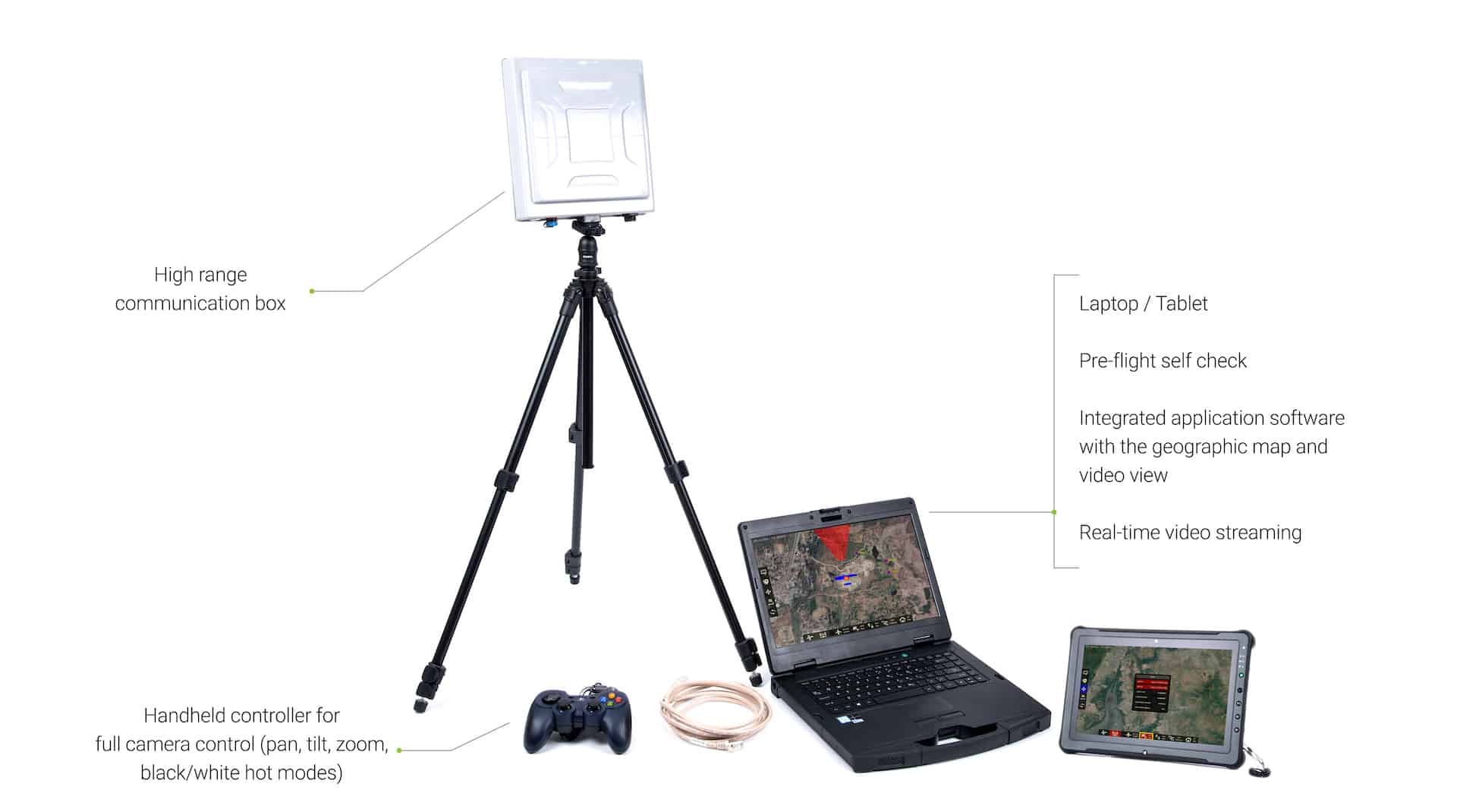
Before the active use of these drones, the battalions would use stationary CCTV units, motion sensors and scouts for ISR.The recent skirmishes at Galwan could have been avoided if the troops had on-hand live-ISR enabling drones. As the Indian soldiers worked with limited surveillance and reconnaissance (compared to drone-level ISR), they were taken by surprise to find enemy forces ‘dug-in’ to sensitive terrain. However, these tactics were inherently restrictive in terms of range, perspective and usability. This further complicated the ensuing clashes. As mentioned before, drones could have tipped the scenario in India’s favour. Moreover, the scouts often suffered health concerns due to harsh weather surveillance duties.
The commanding officers, in battalions or theatre commands, can now have the control of auto-surveillance drones. This multiplies the vigilance and cuts down the reaction time along sensitive terrain patches. These drones, even on auto-pilot, can spot camouflaged enemy movement. The drones amplify the abilities of each soldier. They give stealthy and critical reconnaissance during active missions. These drones move silently, smoothly and essentially undetected across target locations. The high-resolution visual and thermal imaging can give a live account of every barrel, person, vehicle, weapon cache, etc. at the location. They can also virtually mark and follow moving targets.
In mid-2020 the government, MoD, Society of Indian Defence Manufacturers (SIDM) and Indian Army sought progressive solutions to this. One concern was the long defence procurement procedures. These functions eventually enabled the future-facing ₹145 crore deal with ideaForge. These drones are key to building a truly ‘dynamic’ defence ecosystem wherein all the services have real-time intelligence of all enemy movement, helping them make key decisions at the right time. Considering the increasing tension along the Line of Control (LoC) and Line of Actual Control (LAC), MoD decided to issue Emergency Procurement Power to the Indian Army along with the implementation of a Fast-Track Procurement (FTP).
One of the key benefits of these drones is the secure and live-feed transmission to any remote receiving device, anywhere in the world. This means that the Lieutenant General at the Northern Command can be in-sync with all regional developments within moments. Furthermore, this totally ‘indigenous’ drone tech ensures that the country’s top tech is primarily utilized by the country’s troops. Similarly, all key strategic partners can view the secure (live) feed for effective coordination and joint action. Imagine utilizing a Chinese drone to survey the LAC. Given the politico-military set-up between the nations, there is a natural inclination towards indigenous defence tech.


